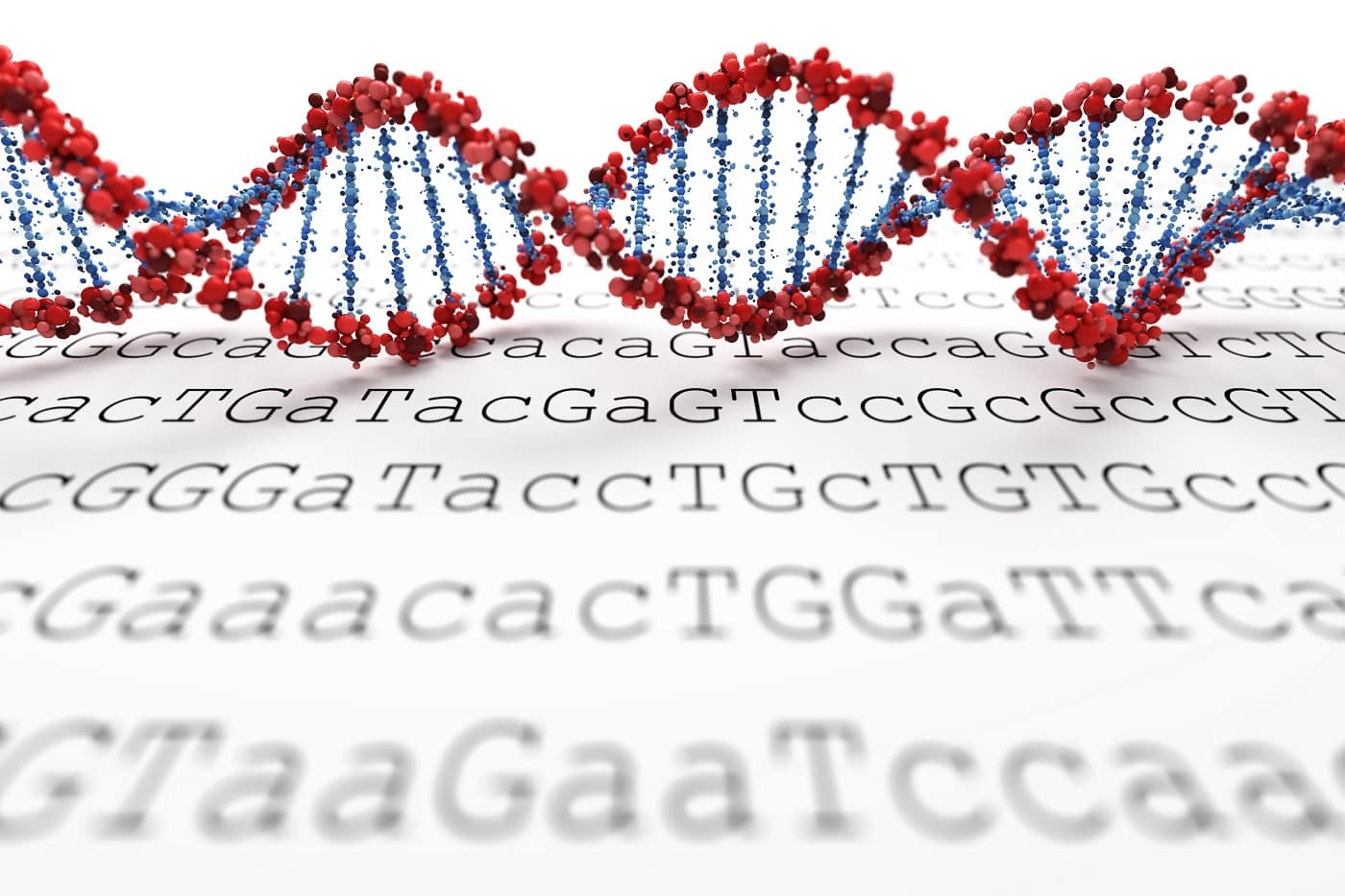Scientists Design New Letters of the Genetic Code
Scientists keep getting better at rewriting the book of life. Adding, deleting, and splicing genes have become routine, and some researchers are now even designing DNA for creatures. While many are hard at work rearranging letters on the page, a new experiment is redefining the concept of synthetic biology by writing new letters.
DNA is composed of four sorts of bases, each attached to one of two molecular backbones that twist together to form the molecule’s famous double helix. The bases are often referred to as A, C, G and T, the initials of their full chemical names, adenine, cytosine, guanine, and thymine. The shapes of these molecules mean that a C on one strand of the double helix is always paired with a G on the opposite strand, and an A with a T.

“The expansion of the genetic alphabet is a significant scientific achievement. It sheds insights into DNA’s natural replication mechanism, which will help us to design unique DNA molecules and technologies. For example, our technology can be used to create novel diagnostics and therapeutic agents with superior efficacy
,” said IBN Executive Director Professor Jackie Y. Ying.IBN Team Leader and Principal Research Scientist Dr. Ichiro Hirao said, “The inspiration for the design of our new DNA base pair came from jigsaw puzzles, where complementary shapes fit together to form the specific pair. However, our concept had only been a hypothesis until now. We did not know the actual molecular structure of our Ds-Px pair during DNA replication until the recent study with our collaborators at the University of Konstanz. They confirmed that we are heading in the right direction, which would allow us to create biological components that can enhance DNA’s natural functions.”
In 2009, Dr. Hirao and Senior Research Scientist Dr. Michiko Kimoto created two new genetic letters – Ds and Px, which specifically combine with each other to form an artificial base pair that could function as a third DNA base pair.
However, the molecular structure of the new base pair had never been determined until they collaborated recently with Professor Andrea Marx from the University of Konstanz in Germany on the structural analysis of their new base pair. Using X-ray crystallography, the researchers uncovered the 3-D molecular structure of the Ds-Px base pair during DNA replication by analyzing the X-ray diffraction through a crystal. They found that the structure of the new artificial base pair was strikingly similar to a natural base pair.
Using this genetic alphabet expansion technology, IBN is developing DNA aptamers, which are modified DNA molecules that can bind to molecular targets in the body. The team plans to launch a test kit using these DNA aptamers to detect infectious diseases, such as dengue and Zika, in the next two years.






























